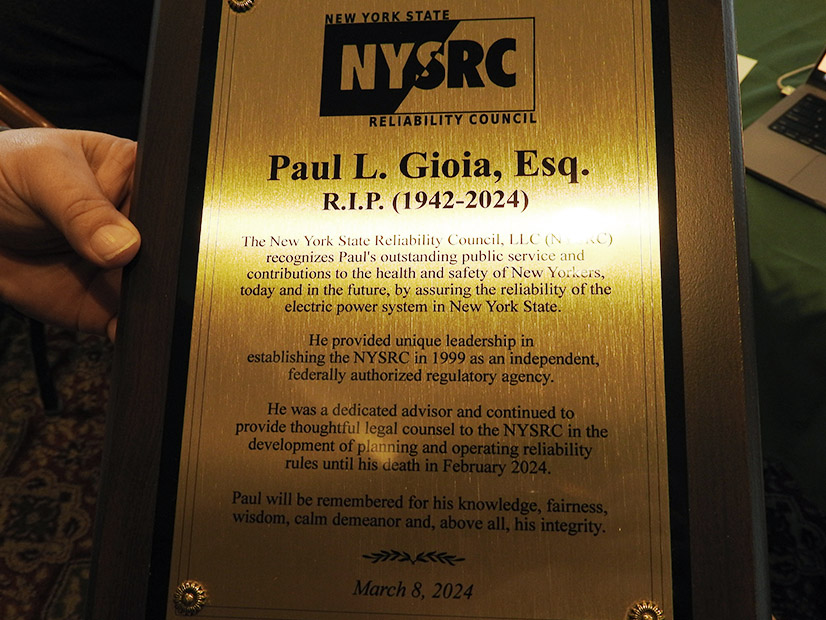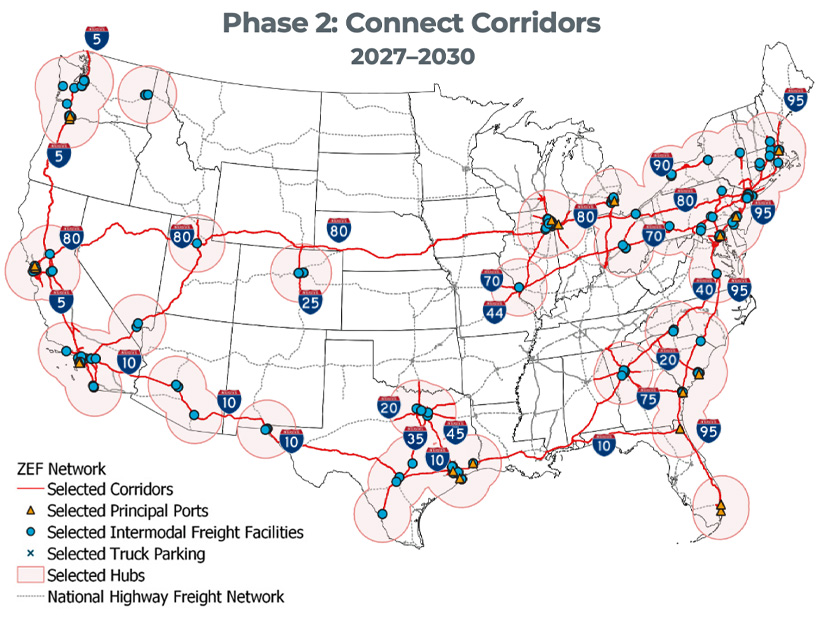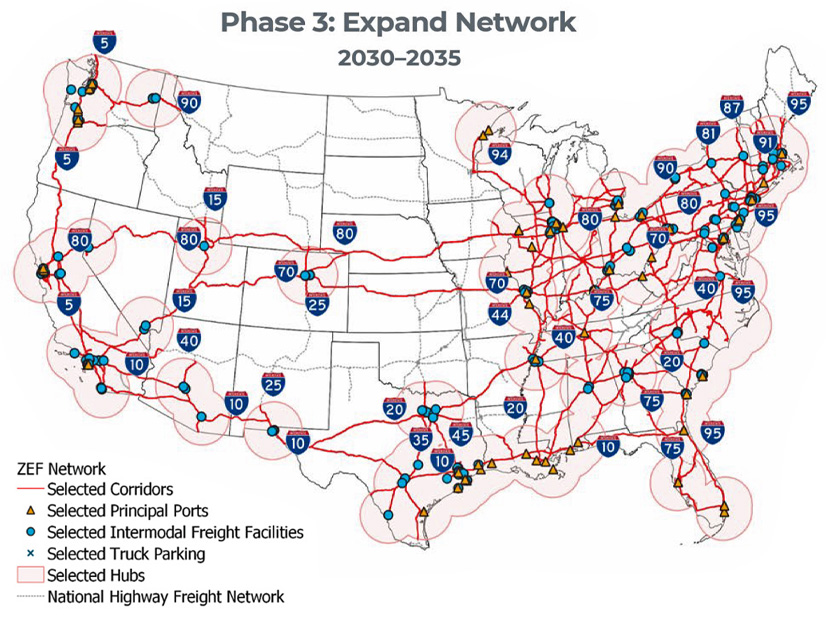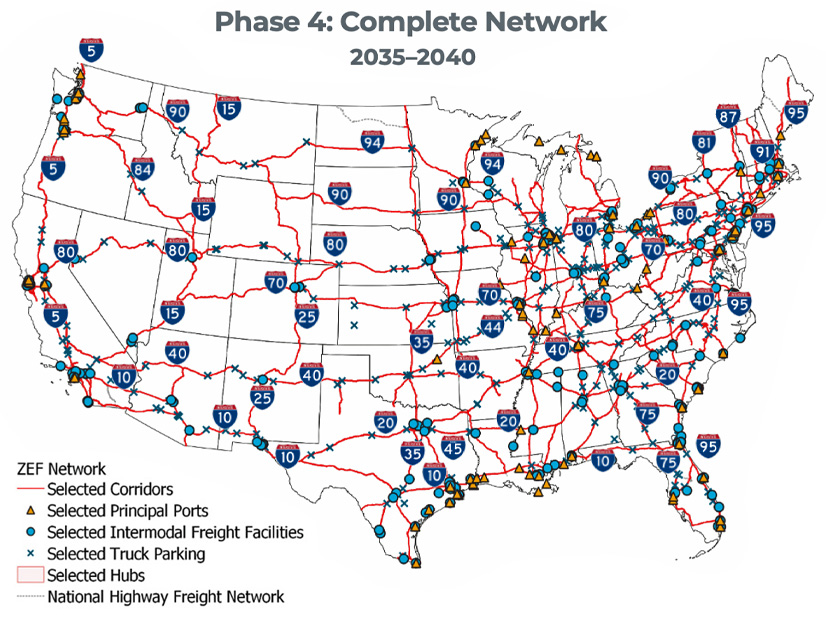With a major grid expansion on planning boards around the country, grid-enhancing technologies (GETs) will be key to getting the most out of current and future systems, experts said on a World Resources Institute webinar March 12.
“We are increasingly relying on the grid to enable power-sharing between neighboring regions, to ensure good reliability, generally, but also during extreme winter events and as well as extreme heat events,” said WRI Senior Manager for Clean Energy Jennifer Chen. “We need to deliver low-cost clean energy to customers and support growing electricity demand from electrification, manufacturing, data centers, artificial intelligence, crypto-mining, indoor agriculture and the list really goes on.”
GETs can get more power through existing transmission lines with operational tweaks or reconductor existing lines to greatly expand the number of electrons that flow through them.
FERC must consider more than decarbonization in grid expansion; as an economic regulator, it needs to ensure the bulk power system can support the wave of demand, Commissioner Allison Clements said.
“We need to figure out how to make easy, quick investments that can help us in the near term to modernize the grid, as well as working on medium-term and longer-term, more difficult investments, like the investment in new regional and interregional transmission,” Clements said. “I don’t think that any of the things you described are actually replacements for new transmission investment. But certainly, we have a toolbox of technologies and transmission options, cost options, market design options, and we should be trying to take advantage of all of them.”
GETs have been shown to produce major benefits, but they face economic, operational and regulatory barriers. The utility industry does not have good incentives to make smaller investments that avoid capital spending.
“Everyone knows that you should eat your broccoli, you don’t necessarily do it if there’s cake sitting there for you to enjoy,” Clements said.
Many grid operators are not familiar with GETs and thus are hesitant to risk reliability on less-proven technologies, she said, adding that economic incentives and regulations need to be aligned so GETs are used more broadly than just as the subject of pilot programs.
Another major barrier to deploying GETs is information asymmetry between regulated utilities and their regulators, said Connecticut Public Utility Regulatory Authority Chair Marissa Gillett. Like grid operators, regulators are wary of relying on new technologies.
“State regulators, or different regions, often want to pilot something, even if it has been proven in another area of the country,” Gillett said. “And I think that can be very frustrating, particularly for proponents of new technologies.”
Sometimes the desire to pilot makes sense, such as when a technology worked in a state with different regulations. But it also happens even when a technology has been proven to work in a state’s regulatory construct, she added.
The Idaho National Laboratory has found that 118,000 miles of transmission lines nationwide could benefit from reconductoring, said Gilbert Bindewald of DOE’s Office of Electricity.
“One of the aspects that I’m continually hearing is not only the economics, but given that these are multidecadal investments, how will these technologies continue to perform 20 years from now, 30 years from now?” he added.
Multiple offices at DOE are working on research, development and deployment of GETs with the hope of showing the industry the technology’s reliability and resilience benefits, Bindewald said. That work includes testing different GETs by accelerating the aging process and using other tests to get a sense of their full lifetime of benefits, he added.
In the Energy Policy Act of 2005, FERC got the authority to offer performance-based incentives that could be applied to GETs, but so far it hasn’t been used much, Clements said. The WATT Coalition and others have asked FERC to include GETs in its regional transmission rule and advance a notice of inquiry it launched on dynamic line ratings.
“I think all three sitting commissioners currently have expressed a desire to revisit our transmission incentives policy,” Clements said. “I’m not sure all three of us have the same outlook for where that policy should go. From my perspective, we need to incent the hard stuff to build.”
That would include GETs and harder-to-build transmission lines such as interregional projects, she added.



